Habitats. (Un)Safe Spaces | May 24 – September 28, 2025
The Triennial for Small Sculpture Fellbach will celebrate its 16th edition in 2025. For over four decades, this renowned exhibition of contemporary small-scale sculptures has been a cornerstone of the global art scene. Works by around 50 internationally acclaimed artists will be showcased in the impressive setting of the Alte Kelter. The 16th Triennial for Small Sculpture Fellbach, under the title Habitats. (Un)Safe Spaces, will explore the question of how we can live together in the future in light of global challenges. At the heart of the exhibition is the fragile relationship between humans and nature, which the artists will approach from a wide range of perspectives.
Yield
26 juni t/m 24 augustus 2025


#1
Kunsthal Rotterdam from 15 March until 11 May 2025 Art Rotterdam
For the ninth consecutive year, the NN Art Award will be presented in 2025 to a promising artist showcasing their work at Art Rotterdam. This year’s nominees are Diana Scherer (andriesse eyck galerie), Marcos Kueh (Prospects section of the Mondriaan Fund, courtesy of Galerie Ron Mandos), Pris Roos (Mini Galerie) and Bodil Ouédraogo (Prospects section of the Mondriaan Fund). The work of the four nominees will be on view at Kunsthal Rotterdam from 15 March until 11 May 2025.
https://www.kunsthal.nl/nl/plan-je-bezoek/tentoonstellingen/nn-art-award-2025/https:
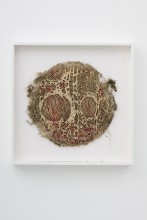

#1
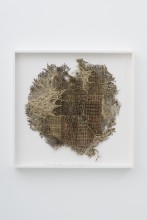

#2


#3
APICAL
Solo 26 Oktober – 18 January 2025
https://www.instagram.com/diana__scherer/
Opening Saturday 26 oktober 17.00-19.00
https://andriesse-eyck.com/exhibitions/101
Leliegracht 47 Amsterdam


#1


#2
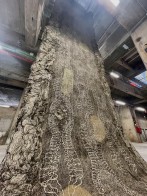

#3
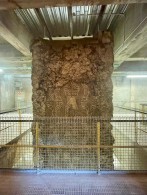

#4
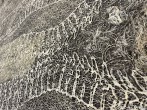

#5
Manifesta 15 Metropolitana September 8th 2024
https://www.manifesta15.org/organisation?category=5&page=events-slug&slug=yield
https://www.instagram.com/diana__scherer/p/C_nrY0Ho_DN/?img_index=1
Commissioned by Manifesta 15 Barcelona Metropolitana
Supported by Mondriaan Fund and the Embassy of the Kingdom of the Netherlands to Spain
Many thanks for all support Colin Huizing and Museum Kranenburgh
Der Wald und Wir -Arte Television about the exhibition Into the Woods at Kunsthaus Wien and the work of Rodrigo Arteaga, Julian Charrière, Marieken Verheyen, Diana Scherer and Isa Klee.
Arte TV – Twist
Climate Biennale Vienna April 5th 2024
Into the Woods – Kunsthaus Wien Museum Hundertwasser curator Sophie Hasslinger April 5th 2024


#1
Farming Textiles at Museum Kranenburgh has been included in the list of best exhibitions of 2023 by Dutch newspaper De Volkskrant.
